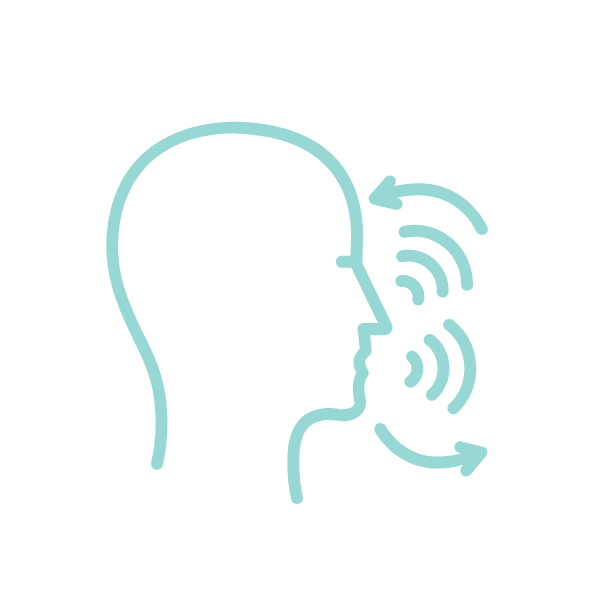Meditation - Body Fundamentals
The practice of meditation has been around for centuries. Some archaeologists date the practice of meditation back as early as 5000 BCE. In the West, we have only seen it gain popularity in the last few decades.
Meditation has many benefits to our mental, physical and emotional health. It can help us regulate our emotions, better manage negative thought patterns, it can reduce anxiety, lower blood pressure and even improve sleep.
The way we sit, breathe and place our hands can have a profound effect on the quality of our meditation practice. From finding the right body position that works for you to taking advantage of the full powers of your breath: with these few tips, you can transform your meditation into a self-care practice you will look forward to coming back to every day.
the body
Not every meditation requires being seated on a meditation pillow in lotus position. Some work well when standing up, some work sitting down in a chair. If you have a physical condition that does not allow for sitting upright for long stretches of time, lying down is also an option. When standing up or sitting in a chair, try keeping your feet firmly on the floor. Focus your attention on the way the earth below grounds you. How does this feeling change your meditation?
the eyes
Depending on the meditation you are practising, you can close your eyes or leave them open. Sometimes, it can be easier to stay focused if you keep your eyes slightly open. This way, you center yourself in the present moment through your sense of sight.
To try it out, close your eyes enough to stay present, but not wide enough to recognise what is in front of you. Your sight should feel slightly blurry.Once you feel comfortable with your practice, you can keep your eyes closed the majority of the time. This will also deepen your meditation practice.
the hands
Where you place your hands is a rather personal decision, as it depends on what feels comfortable for you. The way you place your hands during meditation is called “mudra”, from the Sanskrit word for “seal”. By positioning your hands in a certain way during your meditation, you are essentially “sealing in” an affirmation or intention.
In general, these are the hand positions that are frequently practised:
A standard one is to place your hands on your thighs with your palms facing up or down
A more active positioning of your hands would be on your thighs with the tip of your thumb and index finger touching. The “Gian Mudra” is said to promote calmness, knowledge and wisdom. A different version of this is to have your little finger and thumb touch, a position that is said to promote clarity and intuition.
A position that is also popular is to have your palms touching in front of your chest as if you were praying.
Another position is to place one hand into the other and have your thumbs touch like an arc. You could also interlace your hands - for women, it is said that the right hand’s little finger should be at the bottom, for men it is said to have the left hand’s little finger at the bottom.
You can try out these different hand positions to see which one feels comfortable for you. This could also change depending on your mood, so don’t be surprised if you might feel like switching it up. A safe choice is always having your thumb and index finger touch with your palms facing up and resting on your thighs.
the breath
Our breath is our body’s own therapist. It is an extremely powerful tool to regulate the state of our body, as evidenced by its application in a range of spiritual and health practices, including Yoga, and meditation.
There are different kinds of breathing therapies and it requires years of tuition to be able to teach this properly.
As a rule of thumb, you want to make sure that your lower belly expands when you breathe in. This is an easy way to ensure that you are breathing in a way that acts towards your meditation practice.
Now that you are all set with your body posture and breathing, you can start practising! Head to our library of guided meditations below.
Quiet Social Club is here to provide a space from the noise, so follow us and you can be sure that we deliver science-based, “everyday-proof” ideas very occasionally to your inbox.















